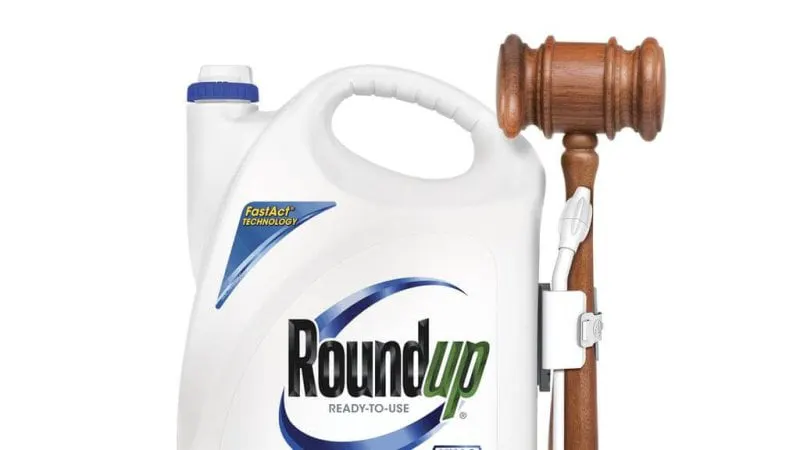Class action tort reform: Why ‘outrageous’ judgements against Bayer in glyphosate cancer scare makes a case for dramatic legal changes
Class action tort reform: Why ‘outrageous’ judgements against Bayer in glyphosate cancer scare makes a case for dramatic legal changes


Legal reform advocates nationwide recognize October as “Lawsuit Abuse Awareness Month.” This year, the U.S. Supreme Court can help highlight and address the scourge of lawsuit abuse by reviewing an astounding $80 million judgment against Bayer subsidiary, Monsanto.
With outrageous multi-million-dollar judgments becoming more commonplace, it’s easy to see how lawsuit abuse wipes out an estimated $435.6 billion in overall economic activity each year.
In 2018, a California jury decided that one of the world’s most popular pesticides, Monsanto’s Roundup weedkiller, caused cancer. With 29,000 copycat cases still pending (of the 125,000 originally filed), the attack against the glyphosate-based product is on track to become one of history’s biggest and most notorious mass torts – and it’s unfortunately based in junk science.
An ongoing complaint about class actions is that members of the classes get pennies while attorneys get millions. We now know that the investors behind these cases make 95 percent annually on their money.
The Supreme Court must step in and make it clear that these abuses of our civil justice system will not be tolerated. But, if junk science prevails in cases like the mass torts surrounding Roundup, the only real winners will be lawyers and their wealthy financiers.
This is an excerpt. Read the original post here.

 | Videos | More... |

Video: Nuclear energy will destroy us? Global warming is an existential threat? Chemicals are massacring bees? Donate to the Green Industrial Complex!
 | Bees & Pollinators | More... |

GLP podcast: Science journalism is a mess. Here’s how to fix it

Mosquito massacre: Can we safely tackle malaria with a CRISPR gene drive?

Are we facing an ‘Insect Apocalypse’ caused by ‘intensive, industrial’ farming and agricultural chemicals? The media say yes; Science says ‘no’
 | Infographics | More... |

Infographic: Global regulatory and health research agencies on whether glyphosate causes cancer
 | GMO FAQs | More... |

Why is there controversy over GMO foods but not GMO drugs?

How are GMOs labeled around the world?

How does genetic engineering differ from conventional breeding?
 | GLP Profiles | More... |

Alex Jones: Right-wing conspiracy theorist stokes fear of GMOs, pesticides to sell ‘health supplements’




 Viewpoint — Fact checking MAHA mythmakers: How wellness influencers and RFK, Jr. undermine American science and health
Viewpoint — Fact checking MAHA mythmakers: How wellness influencers and RFK, Jr. undermine American science and health Viewpoint: Video — Big Solar is gobbling up productive agricultural land and hurting farmers yet providing little energy or sustainabilty gains
Viewpoint: Video — Big Solar is gobbling up productive agricultural land and hurting farmers yet providing little energy or sustainabilty gains Trust issues: What happens when therapists use ChatGPT?
Trust issues: What happens when therapists use ChatGPT? Fighting deforestation with CO2: Biotechnology breakthrough creates sustainable palm oil alternative for cosmetics
Fighting deforestation with CO2: Biotechnology breakthrough creates sustainable palm oil alternative for cosmetics California, Washington, Oregon forge immunization alliance to safeguard vaccine access against federal undermining
California, Washington, Oregon forge immunization alliance to safeguard vaccine access against federal undermining 30-year-old tomato line shows genetic resistance to devastating virus
30-year-old tomato line shows genetic resistance to devastating virus The free-range chicken dilemma: Better for birds, but with substantial costs
The free-range chicken dilemma: Better for birds, but with substantial costs ‘You have to treat the brain first’: Rethinking chronic pain with Sanjay Gupta
‘You have to treat the brain first’: Rethinking chronic pain with Sanjay Gupta
